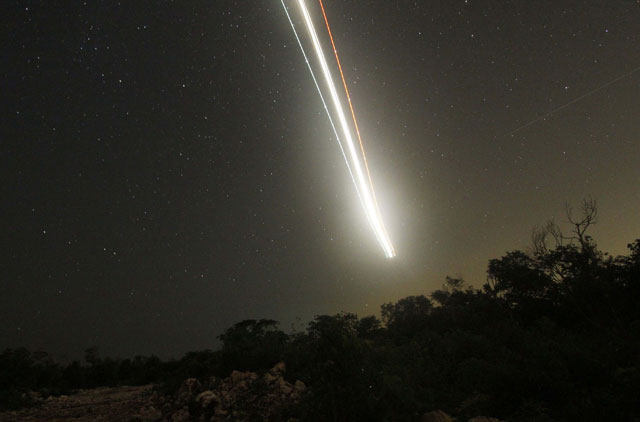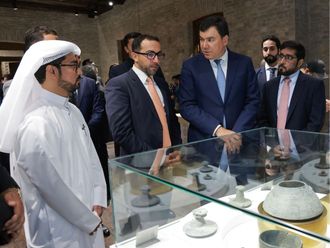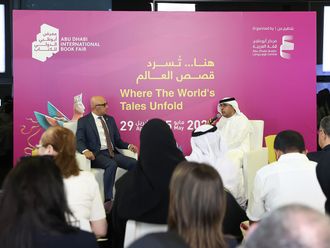Dubai: Space and astronomy fans are in for a treat this weekend, when three days of meteor showers are expected to spark up the night sky.
The rare celestial phenomena, called the ‘Perseid Meteor Shower,’ will likely be visible early in the mornings on Friday, Saturday, and Sunday.
ALSO READ:
Lunar eclipse captivates people around the world
Missed UAE partial lunar eclipse? Watch it here
Pictured: Stunning UAE partial lunar eclipse
In a dark, moonless sky, these showers often produce 50 or more meteors per hour.
A good number of Perseid meteors will be bright, so one should be able to see Perseids, despite the moonlit glare.
To mark the occasion, the Dubai Astronomy Group will be hosting a public event over these days
The event will also provide visitors an opportunity to look through Dubai Astronomy Group telescopes at other celestial objects, including Saturn, stars, globular clusters, nebula and other deep sky objects.
The event will also feature live presentations, planetarium shows and videos about the night sky.
On Friday night, at Al Thuraya astronomy centre in Al Mushrif Park in Dubai, the centre will start an 8pm session of how to photograph the event.
There’ll also be a chance to observe planets through the telescope, a planetarium show, gallery and closing with how to observe this event with the naked eye.
Then, on Saturday night, at 9pm, enthusiasts can gather in the mountains near the Showka Dam in Ras Al Khaimah.
What’s a meteor shower and why is it special?
Every year, from around July 17 to August 24, our planet Earth crosses the orbital path of Comet Swift-Tuttle, the parent of the Perseid Meteor Shower.
Debris from this comet litters the comet’s orbit, but we don’t really get into the thick of the comet rubble until after the first week of August.
The bits and pieces from Comet Swift-Tuttle slam into the Earth’s upper atmosphere at some 210,000 kilometres per hour, lighting up the night-time with fast-moving Perseid meteors.
If our planet happens to pass through an unusually dense clump of meteoroids — comet rubble — we’ll see an elevated number of meteors.













